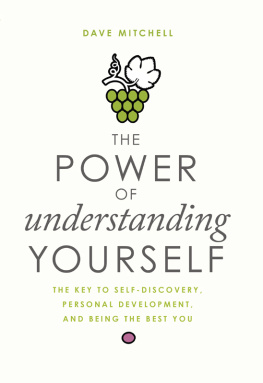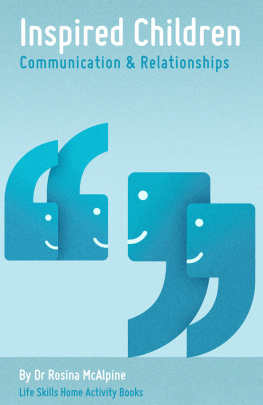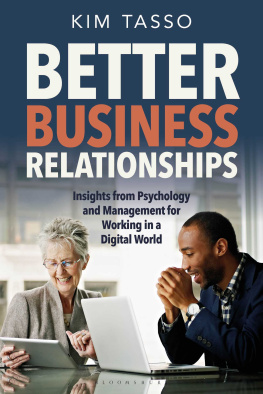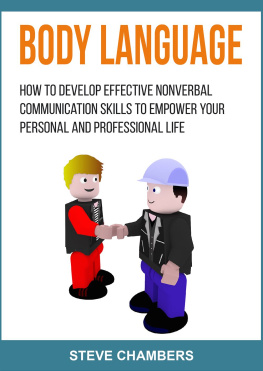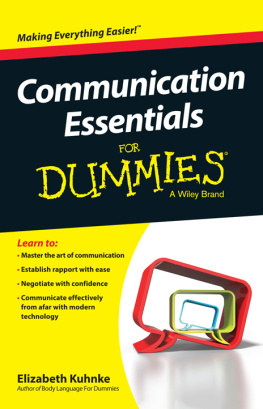
Cover image and design: Wiley
Copyright 2014 by Dave Mitchell. All rights reserved.
Published by John Wiley & Sons, Inc., Hoboken, New Jersey.
Published simultaneously in Canada.
No part of this publication may be reproduced, stored in a retrieval system, or transmitted in any form or by any means, electronic, mechanical, photocopying, recording, scanning, or otherwise, except as permitted under Section 107 or 108 of the 1976 United States Copyright Act, without either the prior written permission of the Publisher, or authorization through payment of the appropriate per-copy fee to the Copyright Clearance Center, 222 Rosewood Drive, Danvers, MA 01923, (978) 750-8400, fax (978) 646-8600, or on the web at www.copyright.com . Requests to the Publisher for permission should be addressed to the Permissions Department, John Wiley & Sons, Inc., 111 River Street, Hoboken, NJ 07030, (201) 748-6011, fax (201) 748-6008, or online at www.wiley.com/go/permissions .
Limit of Liability/Disclaimer of Warranty: While the publisher and author have used their best efforts in preparing this book, they make no representations or warranties with respect to the accuracy or completeness of the contents of this book and specifically disclaim any implied warranties of merchantability or fitness for a particular purpose. No warranty may be created or extended by sales representatives or written sales materials. The advice and strategies contained herein may not be suitable for your situation. You should consult with a professional where appropriate. Neither the publisher nor the author shall be liable for damages arising herefrom.
For general information about our other products and services, please contact our Customer Care Department within the United States at (800) 762-2974, outside the United States at (317) 572-3993 or fax (317) 572-4002.
Wiley publishes in a variety of print and electronic formats and by print-on-demand. Some material included with standard print versions of this book may not be included in e-books or in print-on-demand. If this book refers to media such as a CD or DVD that is not included in the version you purchased, you may download this material at http://booksupport.wiley.com . For more information about Wiley products, visit www.wiley.com .
Library of Congress Cataloging-in-Publication Data:
Mitchell, Dave, 1961
The power of understanding people: the key to strengthening relationships, increasing sales, and enhancing organizational performance/Dave Mitchell.
pages cm
Includes index.
ISBN 978-1-118-72683-9 (cloth); ISBN 978-1-118-72689-1 (ebk); ISBN 978-1-118-72688-4 (ebk)
1. Customer relations. 2. Customer services. 3. Interpersonal relations. I. Title.
HF5415.5.M578 2013
650.13dc23
2013034150
Preface
This book is the result of a lifetime of fascination with human behavior.
The world would be a wonderful place if it weren't for people, exhaled my father. He had just dealt with an unhappy customer who, in my father's words, didn't just chew my ass out; he chewed around it and let it drop out.
I must have heard my fatherwho had a flair for both profanity and clichutter that first sentence a hundred times growing up. He sold appliances and heating and air-conditioning systems in a sleepy little town in rural Illinois. I learnedfirst from him, and eventually throughout lifethat any job that requires you to make your living satisfying the general public's needs will involve both good days and bad ones.
My dad was a good salesperson and more than competent at building rapport with a wide variety of people. Still, the stress of earning money based on making people happypeople with different expectations and diverse lifestyleswas a constant part of his life. Even as a kid, I was aware of the efforts Dale Mitchell took to build successful relationships. In many ways, long before my education and career choices, the seeds of my interest in human behavior were sewn working in that little store in Greenup, Illinois.
This book is the culmination of years of informal observation, academic research, and career responsibilities both inside the corporate world and as an international speaker, author, and consultant. It also contains my personal opinions, based on practical experiences that, although not supported by formal evidence, have worked for me. It is designed to be both entertaining and informative and is organized around my philosophy of learning: the three elements of absorb, connect , and apply , depicted in .
A Simple Model for the Transfer of Learning
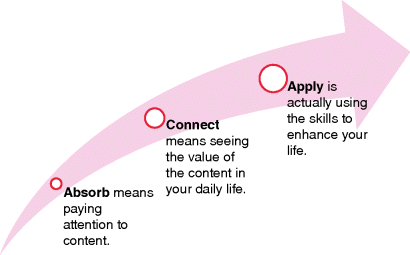
Absorb activities expose you to information that you may or may not already know. Think of sitting through a teacher's lecture or watching a television documentary. You watch with interest (hopefully) and allow the content to enter your working memory. This is the first step of learning: paying attention. If you are reading this book after attending my seminar, you are experiencing a valuable reinforcement of the initial absorb activity that you experienced at the live presentation. For those of you who are experiencing this content for the first time, reading this book is your initial absorb activity. That works, too (although I would really appreciate you putting in a good word for me with the person in your organization that hires speakers!).
Of course, absorbing information is only the beginning of the learning process. As anyone who sat through a high school physics class and later graduated with a degree in liberal arts can attest, paying attention to information does not equate to learning it. Another step is required: connecting this new information to something in your life that gives it value. In essence, you need to ask yourself, How can I use this information? I approach this in two ways in the following pages. First, you will take an assessment to determine your interactive style and learn about how you think relative to other ways of thinking. Nothing connects with us more than learning about ourselves, am I right? (I know I love doing all those simple surveys in Cosmo . And I will now turn in my man card.)
But seriously, self-discovery is a huge connect activity. I've also sprinkled stories and examples of situations involving the interaction between diverse styles throughout the entire book. These reflect common life experiences both at work and at home, during which our differences manifest themselves in our behaviors. We all have found ourselves in situations in which we felt very comfortable communicating with others. Conversely, we have been in situations that wereummclunky, to say the least. These stories are meant to capture these moments. Hopefully, when you read these examples, you will say to yourself, OMG! That happened to me just last week. That is a connect moment when you recognize the value of the principles and how you can use them in your life.
However, paying attention and identifying the content's value is still not enough to complete the transfer of learning. For example, I often watch cooking shows on television and think to myself, That would be so cool to make for my wife. Umm, yeah. Let's just say that I am more proficient at wine selection and dish washing than creating culinary masterpieces. That's because I don't actually practice preparing that food. This is the final piece of the transfer of learning: applying the information. This book's latter chapters contain ways to apply the content relative to leadership, selling, customer service, and personal relationships. Of course, just reading about how to apply this information isn't the same as actually applying it. But after much thought, I decided that physically coming to your home or work and holding you accountable for applying the concepts was creepy. However, I am available for that aforementioned corporate speaking event. (Too much? Sorry.)
Next page

